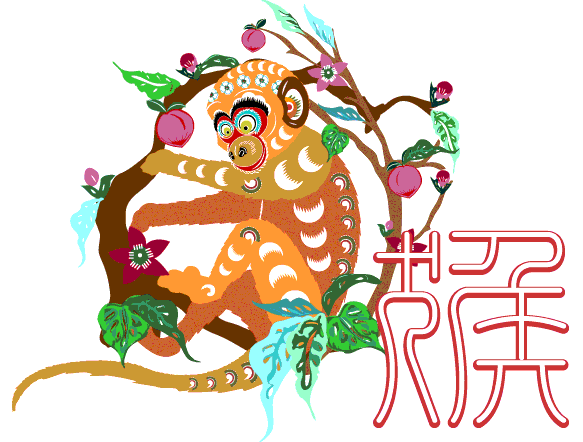When "z," "c," and "s" are pronounced, the tip of the tongue touches the back part of the teeth.
"z" can be considered very similar to "dz" in English, and "c" can be considered very similar to "ts."
When "z," "c," or "s" is followed by "i" (in spelling), the "i" is not pronounced as a regular "i," but is only used to bring the quality of a vowel to "z," "c," or "s." This means neither the lip shape nor the tongue position will change when "i" is added to the "z," "c," or "s" sound .
zī, zí, zǐ, zì;
cī, cí, cǐ, cì;
sī, sí, sǐ, sì
When "z," "c," and "s" are pronounced, the tip of the tongue touches the back part of the teeth.
When "z," "c," or "s" is followed by "i" (in spelling), the "i" is not pronounced as a regular "i," but is only used to bring the quality of a vowel to "z," "c," or "s." This means neither the lip shape nor the tongue position will change when "i" is added to the "z," "c," or "s" sound .
zī, zí, zǐ, zì;
cī, cí, cǐ, cì;
sī, sí, sǐ, sì
When "z," "c," and "s" are pronounced, the tip of the tongue touches the back part of the teeth.
When "z," "c," or "s" is followed by "i" (in spelling), the "i" is not pronounced as a regular "i," but is only used to bring the quality of a vowel to "z," "c," or "s." This means neither the lip shape nor the tongue position will change when "i" is added to the "z," "c," or "s" sound .
zī, zí, zǐ, zì;
cī, cí, cǐ, cì;
sī, sí, sǐ, sì
"uan" is a combination of "u" and "an." See Unit 2 for the pronunciation of "u" and "an."
wān, wán, wǎn, wàn
When "uan" is not following an initial, it is written as "wan."
"iong" is the combination of "u" and "ong." See Unit 7 for the pronunciation of "ong."
yōng, yóng, yǒng, yòng
When "iong" is not following an initial, it is written as "yong." The stress is on "ong" and the tone marks should be placed on top of "o."



